Got up bright and early to head-start my day trip to Gokayama, part of a UNESCO World Heritage site of gasshou-zukuri (thatched-roof) farmhouses. Most foreigners visit Shirakawago in Gifu instead of Gokayama in Toyama for gasshou-zukuri houses, as the latter is somewhat remote and inaccessible.
Only 4 buses, run by Kaetsunou, go there each day, and these buses can be taken from Jouhana station, a 1.5h train journey away from Toyama. But trust me, all that travelling is worth it, the houses look like cottages from a fairytale and you’ll be taken in by its charm! ♥
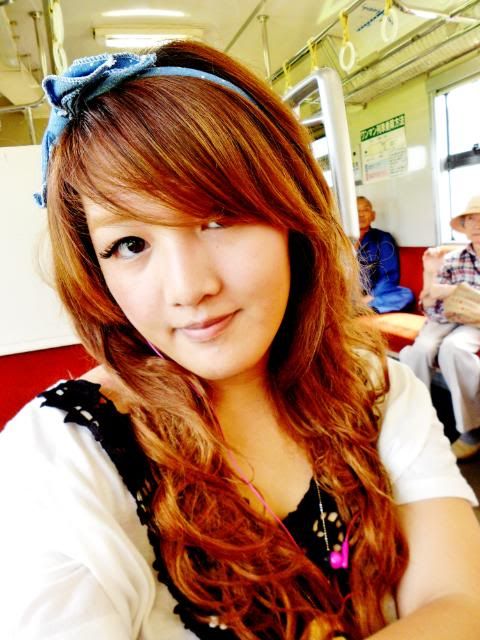
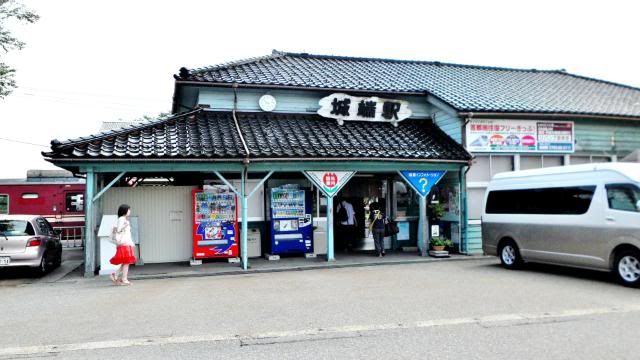
Jouhana Station; average daily ridership: 200.

It's really a quiet little town.

Was totally fooled by the skies...
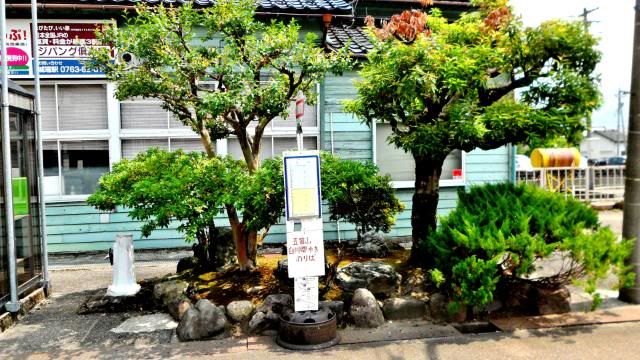
Bus stop, waiting for the bus to Gokayama
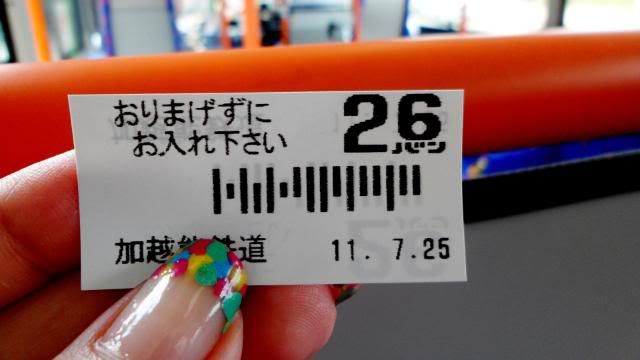
Get a number when you board, pay when you alight.
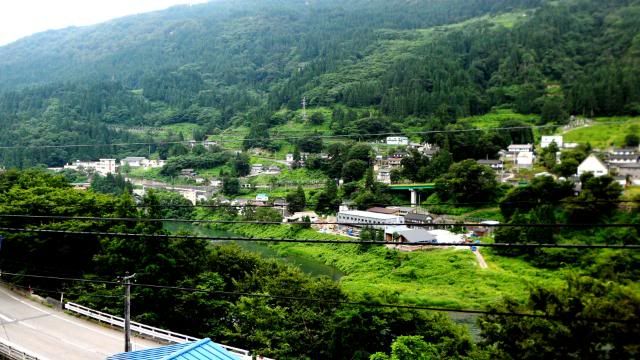
My first stop was supposed to be Washi-no-sato, to experience making washi, Japanese paper. Apparently, washi can last for over a hundred years! To get there, one must take the Kaetsunou bus to Shimonashi, and then transfer to a village-run bus bound for Soyama. So I got off at Shimonashi, a few kilometers downhill from Ainokura, the bigger gasshou-zukuri village in Gokayama.
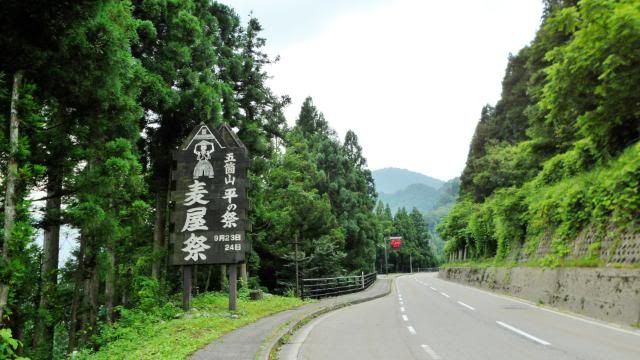
It was a long and winding road, empty and without a soul. It started to rain and I started to panic. All alone in the middle of the mountain with no shelters or structures in sight and no idea how long the hike uphill would be, I had no choice but to continue walking. Then, I looked down the edge of the road and saw these!
Amazed by the view of a stream down in the valley.
I continued trekking uphill and finally reached Ainokura.
As I started to explore the area, my previous scary hike was soon forgotten.
They really look so picturesque against the surrounding green paddy fields, flowers and mountain backdrops ♥
Their steeply-sloped roofs are designed to withstand heavy snowfall.
You can learn a lot about the unique history of the houses and the community, like the local instruments known as sasara and kokiriko.
The second floor is accessible via ladders like these, and you can take a look at how the roof is structured.
You can also find out about how the roof is made.
How the houses would look like in winter, when snow blankets the whole roof and the ground becomes a floor of white~ ♥
This is the main restaurant in the village, called Matsuya. They serve mostly udon and soba dishes, for around 1,000yen. The other half of the store is a souvenir shop, where you can purchase Gokayama traditional crafts, foods, keychains, postcards etc.
I think the houses at Gokayama are amazing pieces of work, and are really under-appreciated by the younger generation. As our world becomes increasingly interconnected and globalized, the significance of places like these tends to be forgotten. Today, I saw quite a few other visitors streaming in and out, but they were 90% senior citizens. Despite the long journey, it really is worth the time to visit ♥
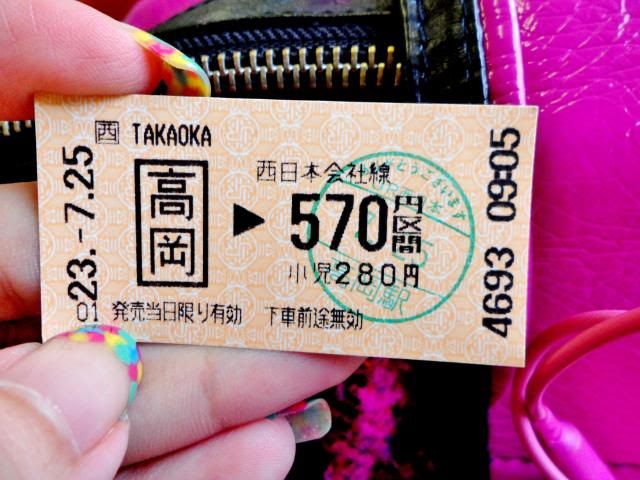
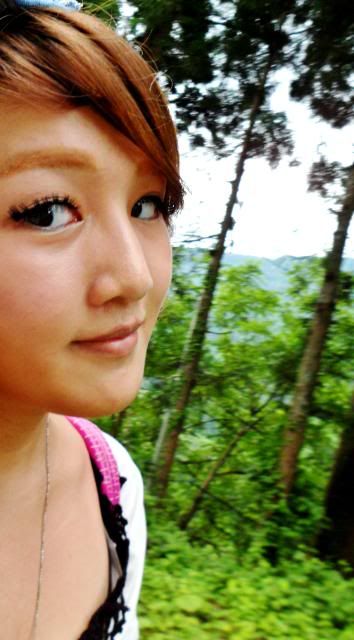
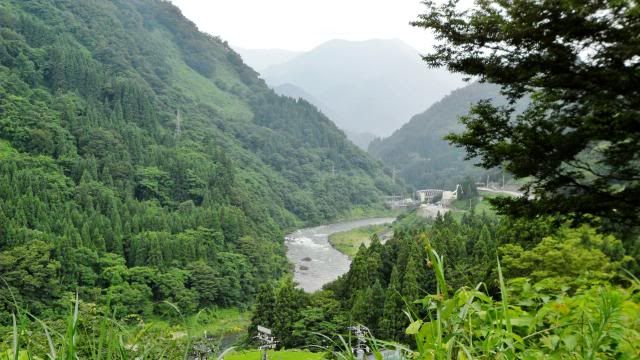
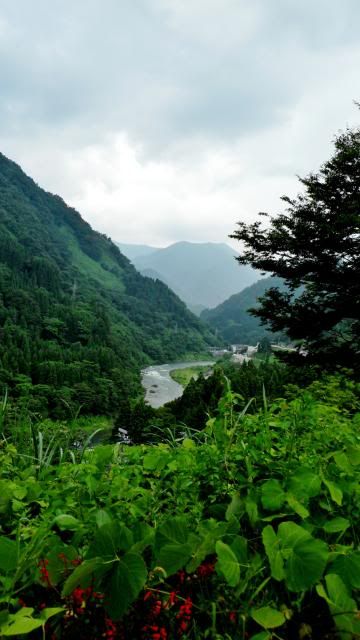

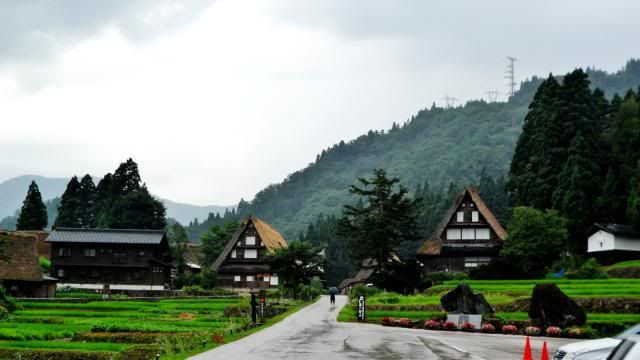

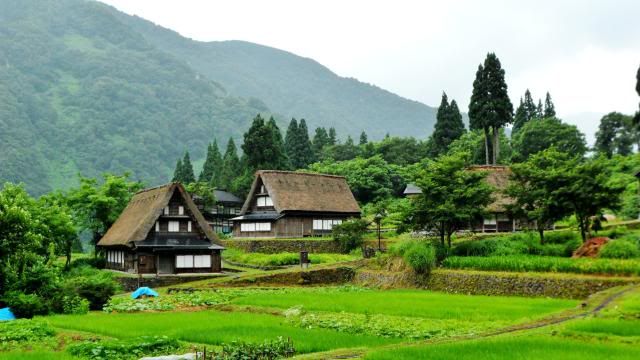
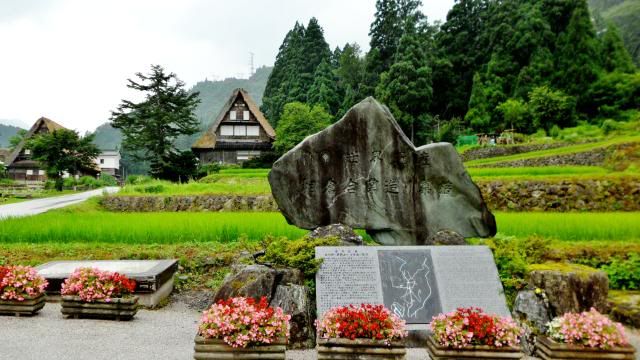
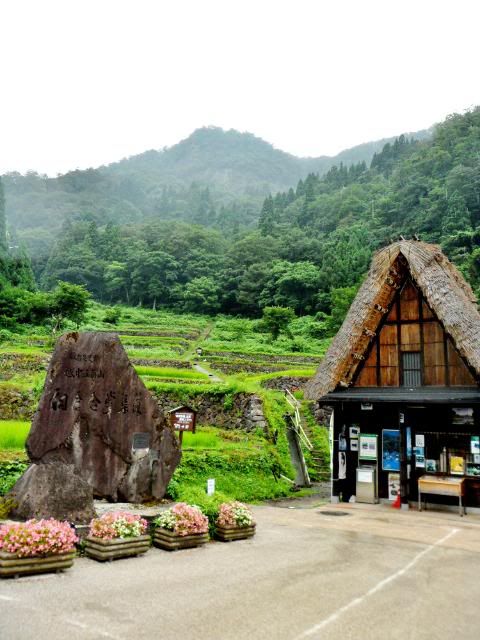
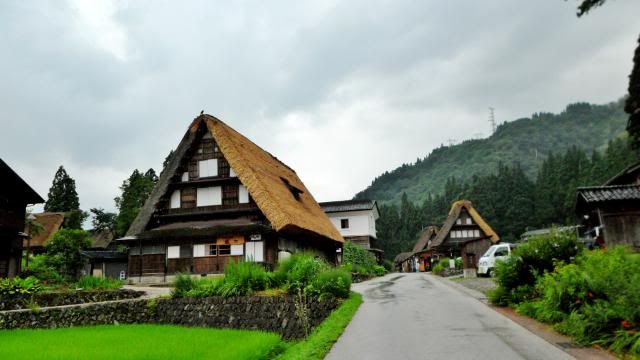

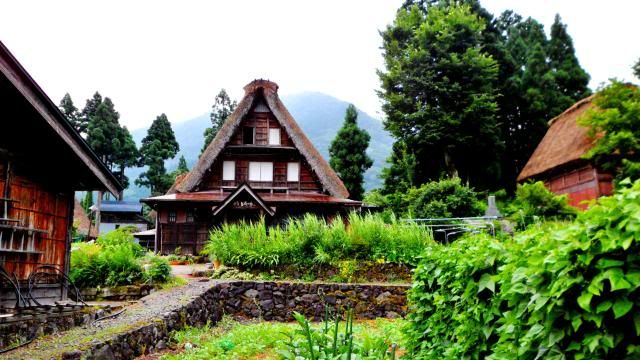


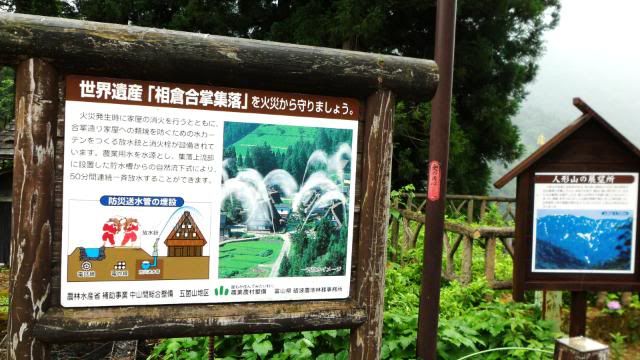
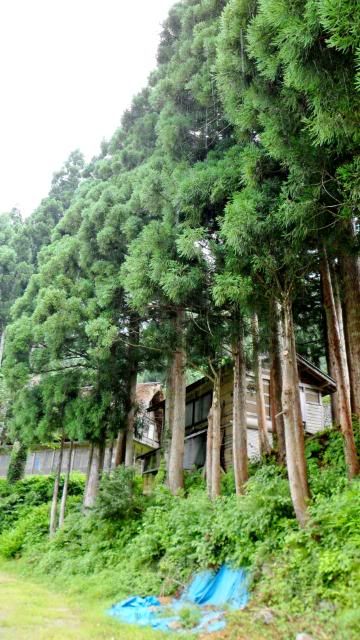
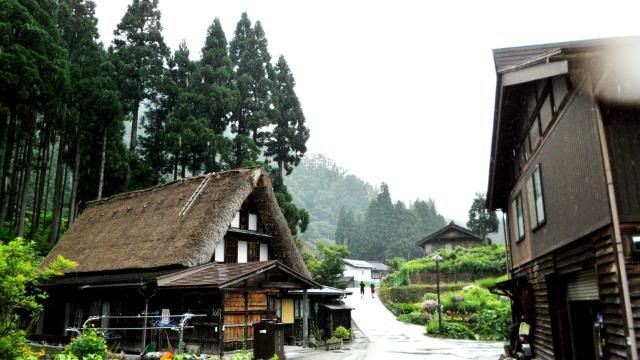
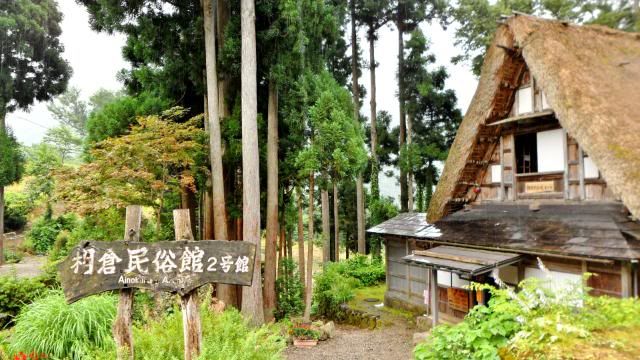

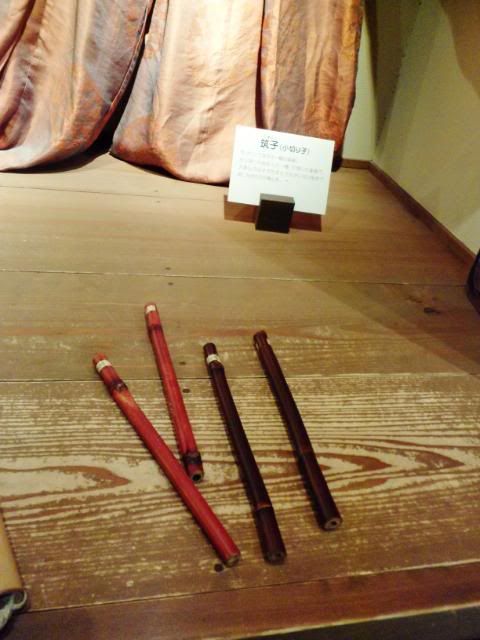
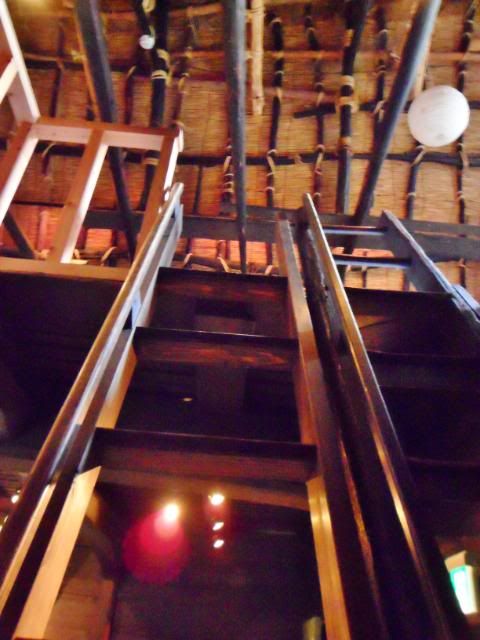

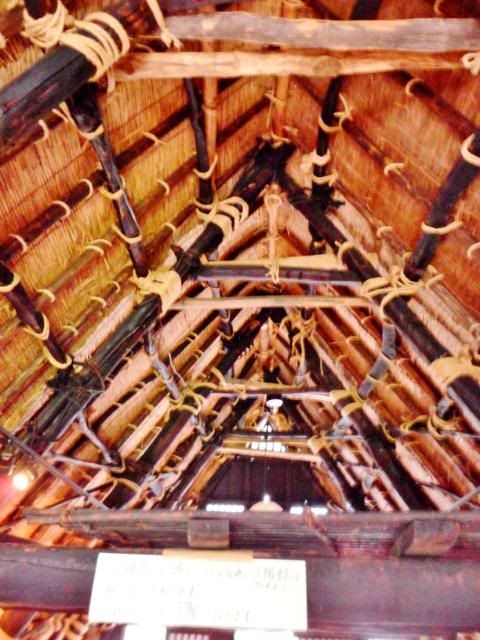
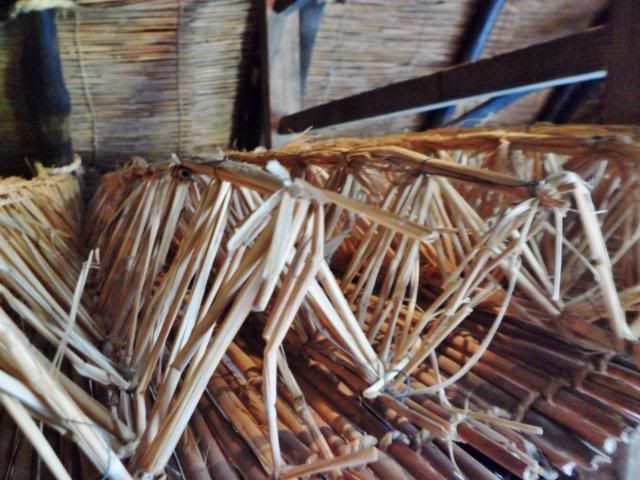
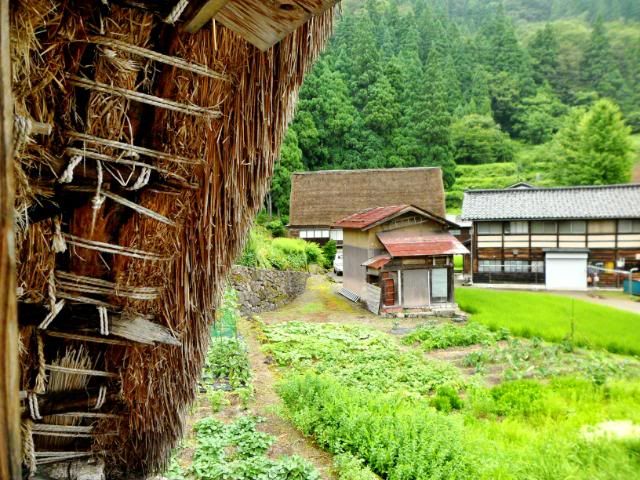

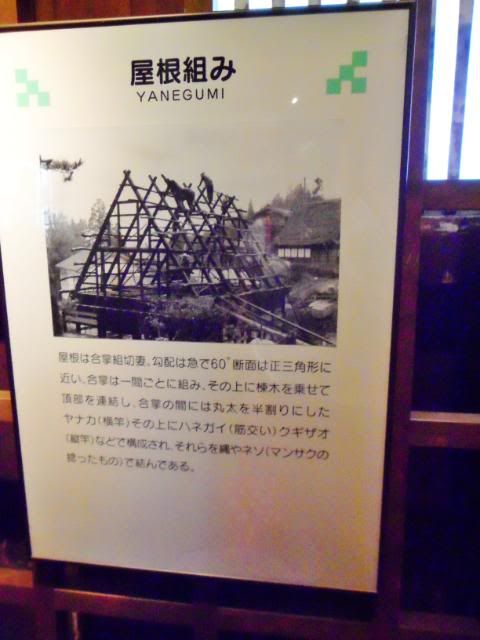

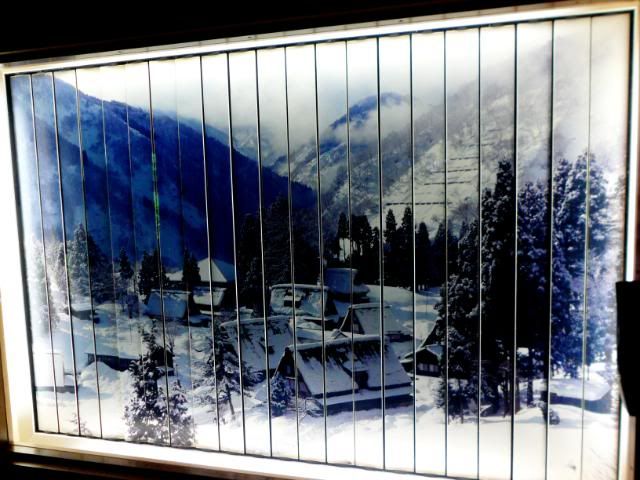
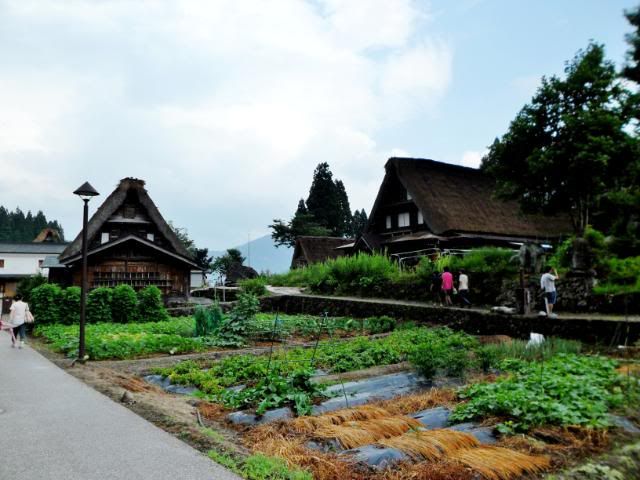
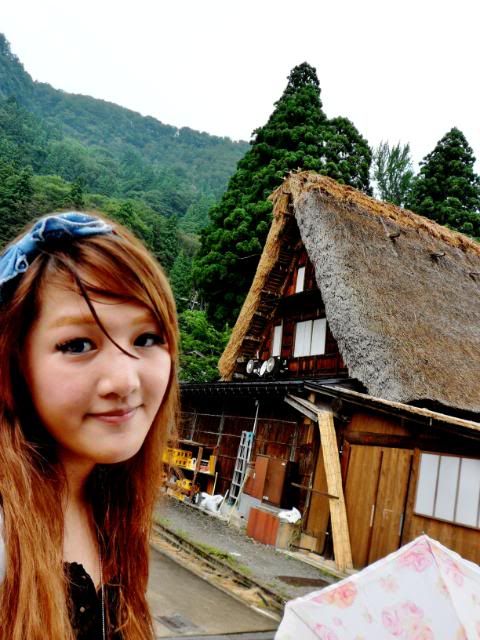
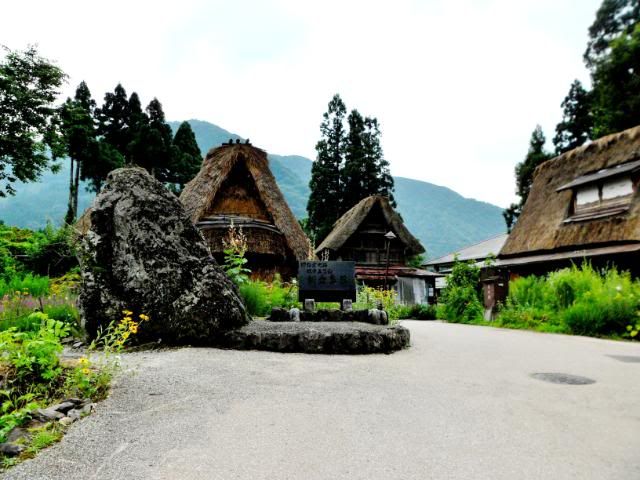
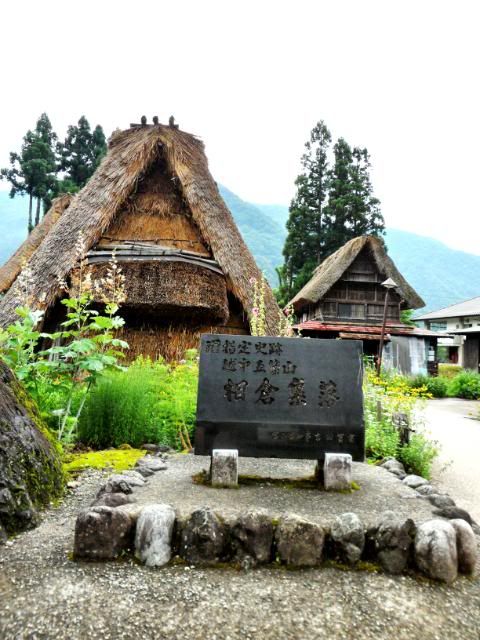
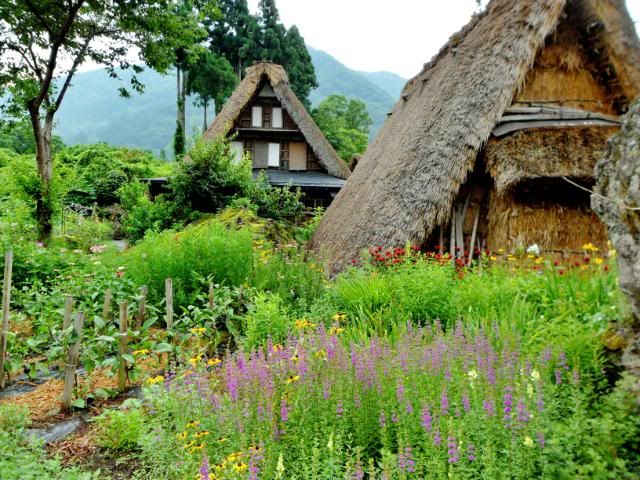

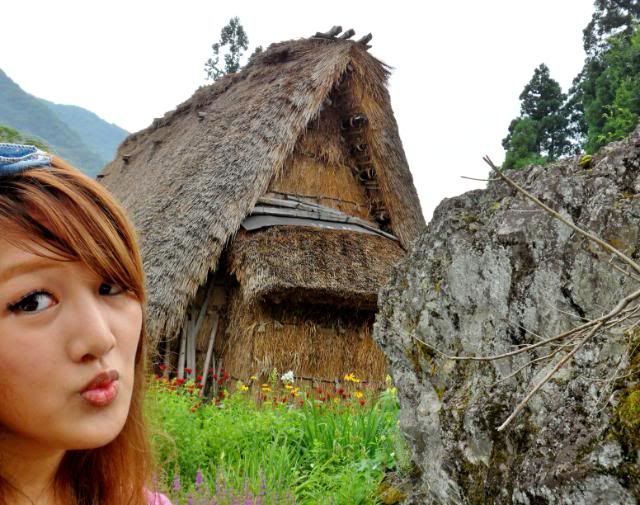
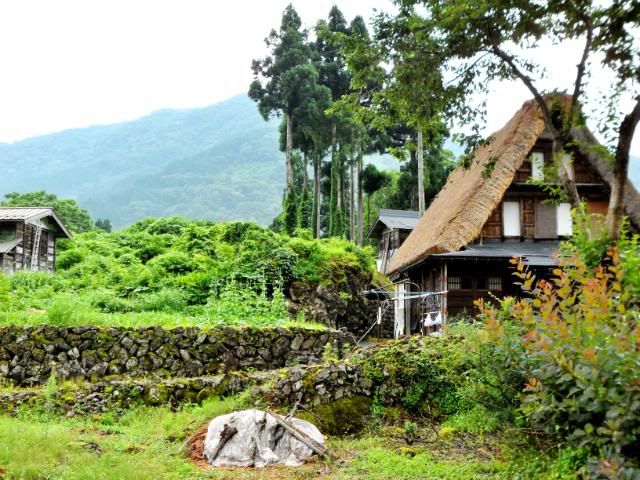
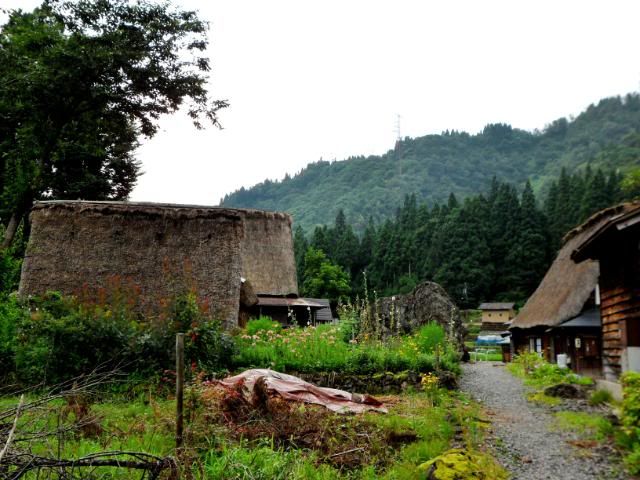
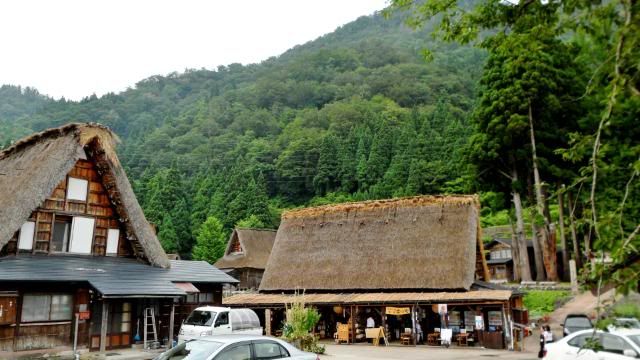
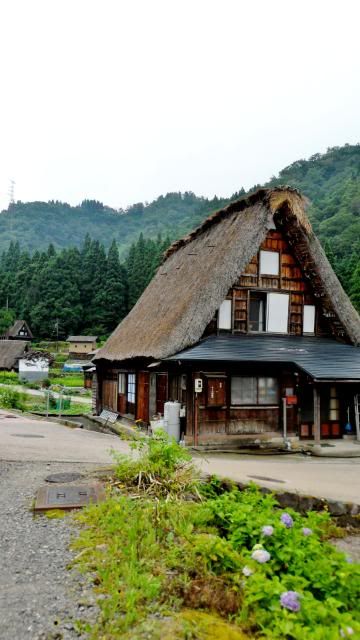
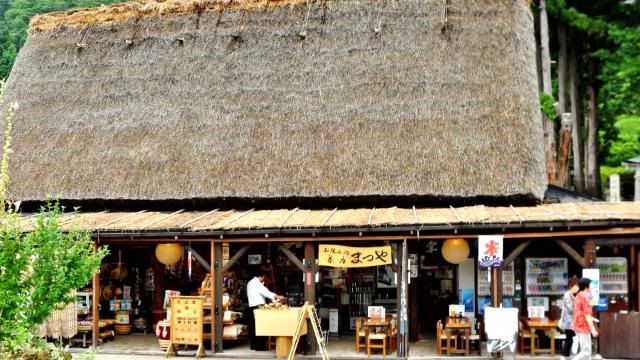
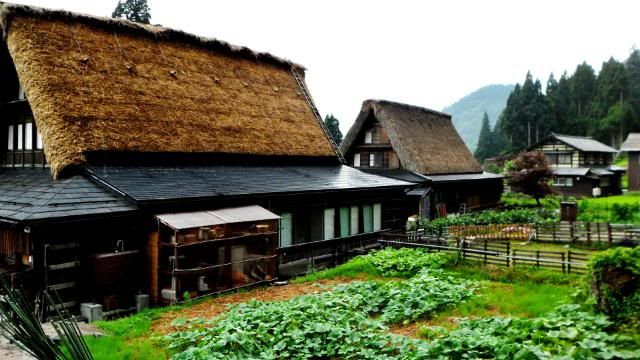
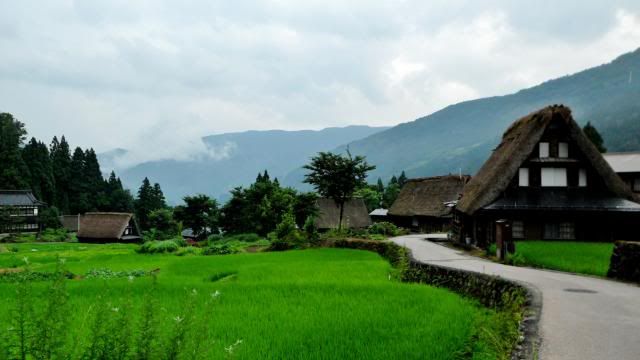
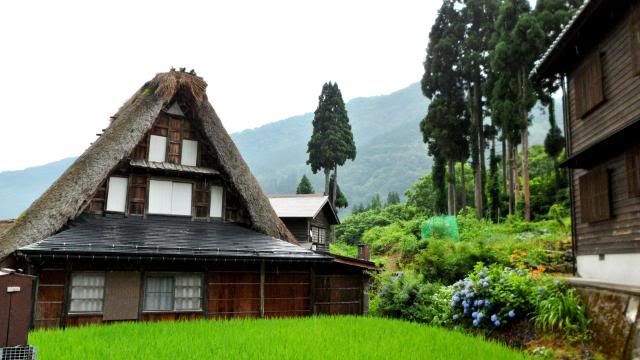
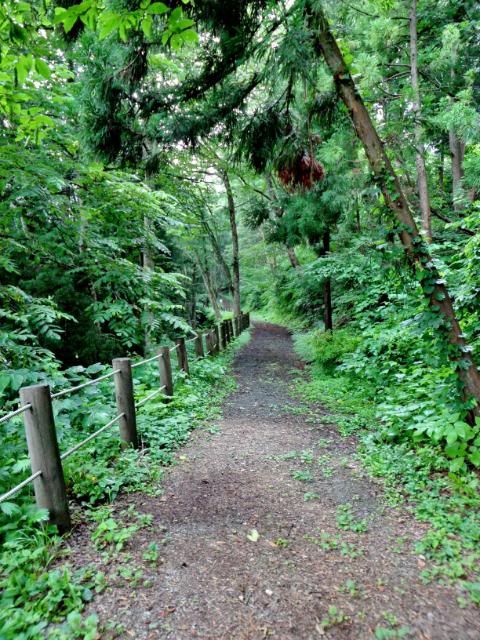
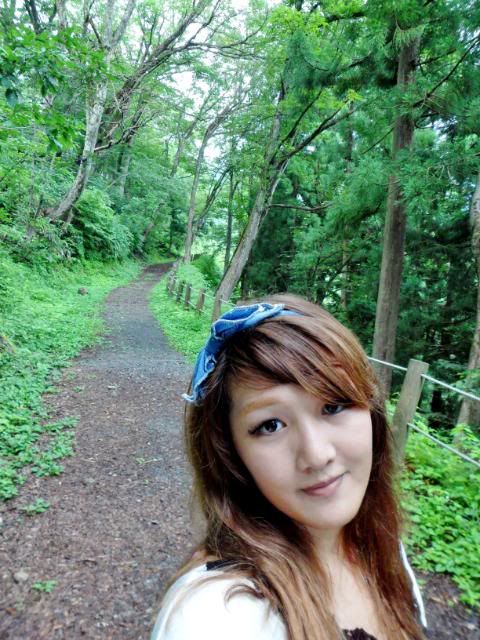
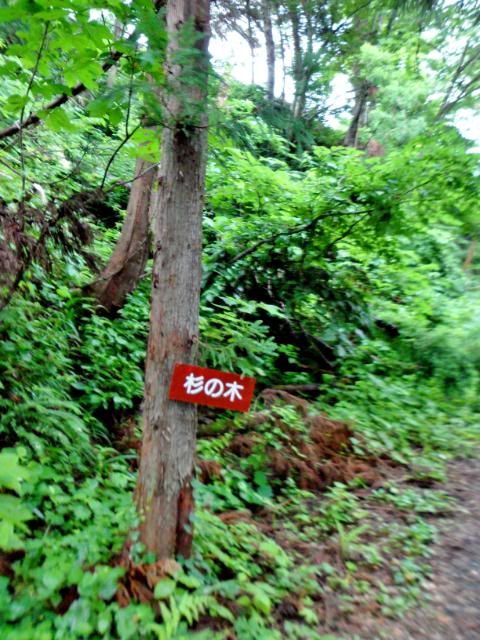
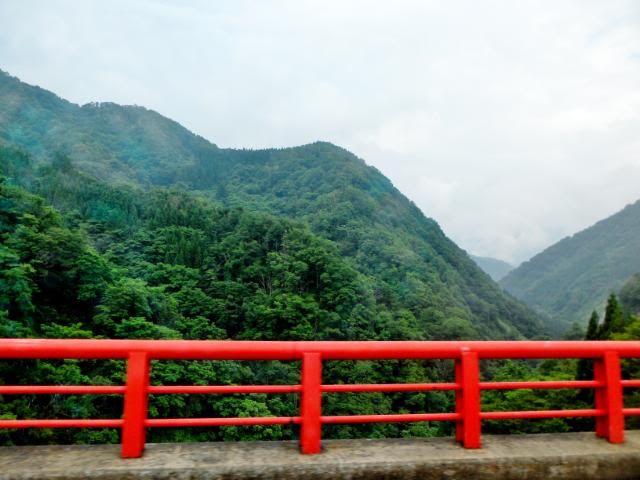

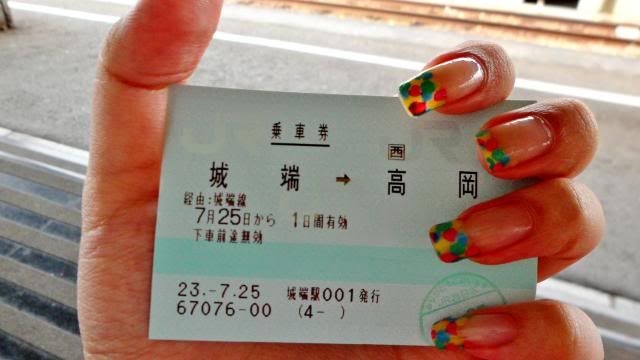
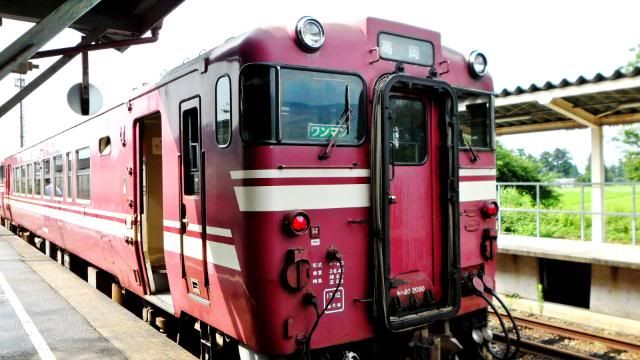
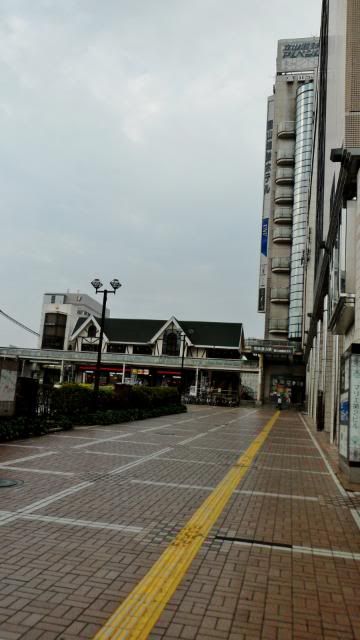
the houses look like those swiss ones from afar, lovely :) lucky you had an umbrella on you! really enjoying your photo posts, do take care!
ReplyDelete@Adeline ♥
ReplyDeleteI think this was one of the more rewarding days, the houses were really lovely! and the weather wasn't cloudy, making for brigher photos~ (though it was lonely hiking uphill in the rain with nowhere to stop and not knowing how much further to go, all alone!)
♥ Karisa
Hi. We will visit Ainokura in December.
ReplyDeleteJust wondering, will the bus stop at every bus stop or you have to request to stop at your destination i.e press the bell
Thank you.